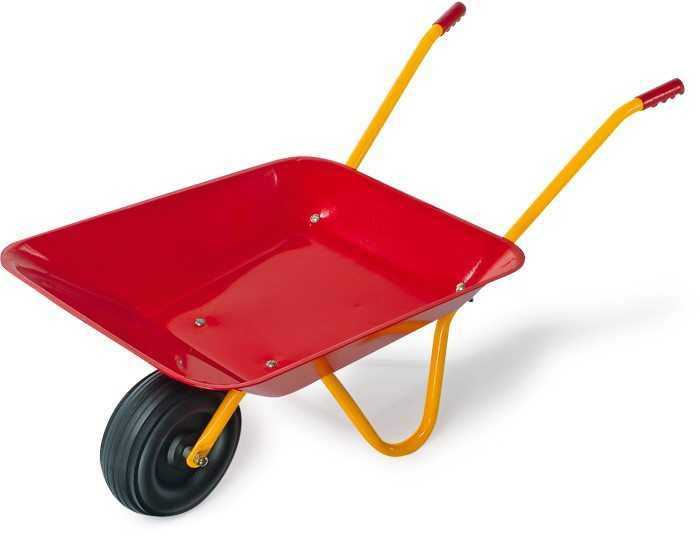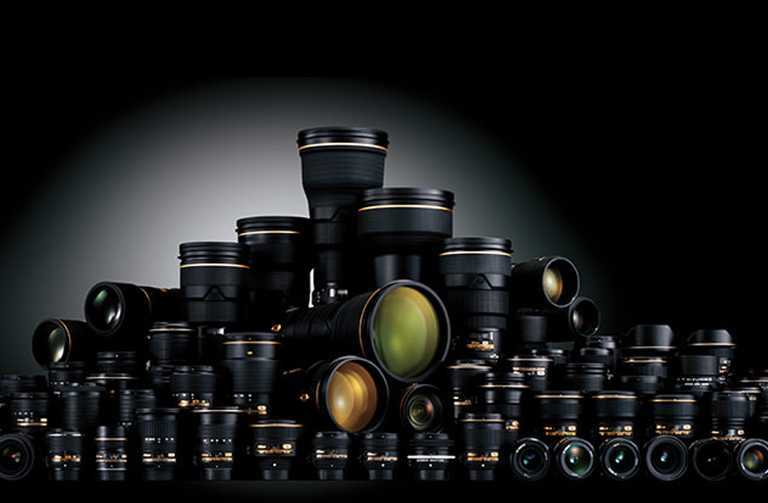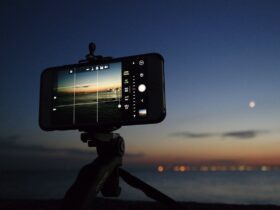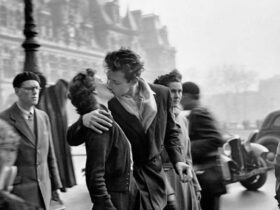This article explores the illusion of having the need to cover all focal lengths and possess a kit that includes the most common ones to allow the photographer to capture all the shots he wants. Let’s see why this is an illusion and discover the rules for a set of fixed
Every day I read posts on forums or on social networks of photographers who ask for advice on their equipment, especially on which lens or focal to add to those already in their possession, perhaps to choose between several with similar characteristics. Often these posts arise from the desire to expand the range of focal lengths available to the photographer, and the doubt that grips me in these cases is always: but is it necessary?
The doubt: how many focal lengths are needed?
Many times I read of users who catch the classic trio of zooms to cover from wide angle to telephoto, 14-24, 24-70, 70-200, maybe even f2.8. A free wheelbarrow for transport. After that, you end up using 24-70 for more than 90% of the shots and the investment in the other two lenses appears to make little sense. However, the flexible wheelbarrow remains for future reference. It is not that the situation is different on the small format, a nice 10-20mm, a classic 18-55 and a comfortable 55-200, used for 10 photos a year.

A useful accessory for the modern photographer who doesn’t want to miss any shots
As mentioned on other occasions, I come from a past where I had all the focal lengths covered up to 200mm, thanks to a couple of zooms and several fixed lenses (which have always been my obsession). And in my experience, I realized that most of the photos were taken at predefined focal lengths, while others were practically unused. At the same time I always refer to the past of my loved ones who, with their reflex cameras, had a fixed wide angle and a normal one. And the photos always took them home.
Get closer to the awareness that not all focal lengths are needed
I would like to recommend two simple exercises that can help achieve this awareness.
- Catalog your shots: grouping them by genre you may find that a genre corresponds to a focal length. Or even just for liking the result, only to discover that for example, what you believe to be the best photos of your child are made around 50mm.
- Run a statistic of the shots: find out which are the most used focal lengths and how little you use certain focal lengths
This last point can be decisive: with disarming simplicity the numbers will put us ahead of the harsh reality of discovering how little and badly certain lenses have been used. There are free programs readily available on the net that read the EXIF data of the shots and perform a statistical analysis, presenting the results in convenient and easily readable graphs. In this way it is easy to discover not only the most used focal lengths but also the most used apertures together with the relative ISO sensitivities. In my opinion it is an essential exercise to understand our photographic attitudes, too often polluted by a “snap-centered” attitude, trying to bring something good home by focusing on quantity. Finally, it can be the starting point for a reflection on one’s own trousseau, to perhaps discover that some pieces can be set aside without too many regrets.
The 2x rule for lens focal lengths
I want to underline how the desire to cover all focal lengths in a kit is often an ambition that goes beyond the necessities.: obviously for the hobbyist, I certainly do not pretend to go and explain to a professional how to do their job. In addition to the fact that the zoom makes the photographer’s mind lazy, making the frame change rather than the point of view in search of what you want, very often it is a matter of weight that is dragged along unnecessarily, also incurring compromises from the point of view. of optical sight.
Are we really sure that to shoot a landscape you need all the focal lengths between 15 and 25 mm and that a single focal length is not enough in this range?
Are we really convinced that we need a set of “normal” focal lengths to shoot the most common scenes or do we end up using our glorious all-rounders only at extreme focal lengths?
If I have insinuated the worm into your certainties or at least I have aroused a minimum of curiosity, I invite you to perform the statistical analysis of the focal lengths of your shots. Then set your zoom for a significant period (for your shooting rhythms) at the focal length that you have discovered to be the most popular and shoot only at that focal length. If at the end of the exercise you have not found any obstacles then it is appropriate to abandon all the focal lengths that you do not use. The missing focal lengths in a kit are not holes that represent lost shooting opportunities, but rather a range of use of those in your possession capable of expanding the creativity of your works.
Personally I have found a balance with the 2.5x rule, that is, using lenses that have focal lengths in 2.5 ratio (20mm and 50mm on aps-C). I came up with this pattern because I wasn’t comfortable with the more classic 2x rhythm (16,35,70 on aps-C). However, this is exactly what I would like to recommend to start. In both cases you will notice that choosing a starting wide-angle focal between the most common (14,16,18 SU aps-C) will create a progression that covers the extremes of the most common zooms.















